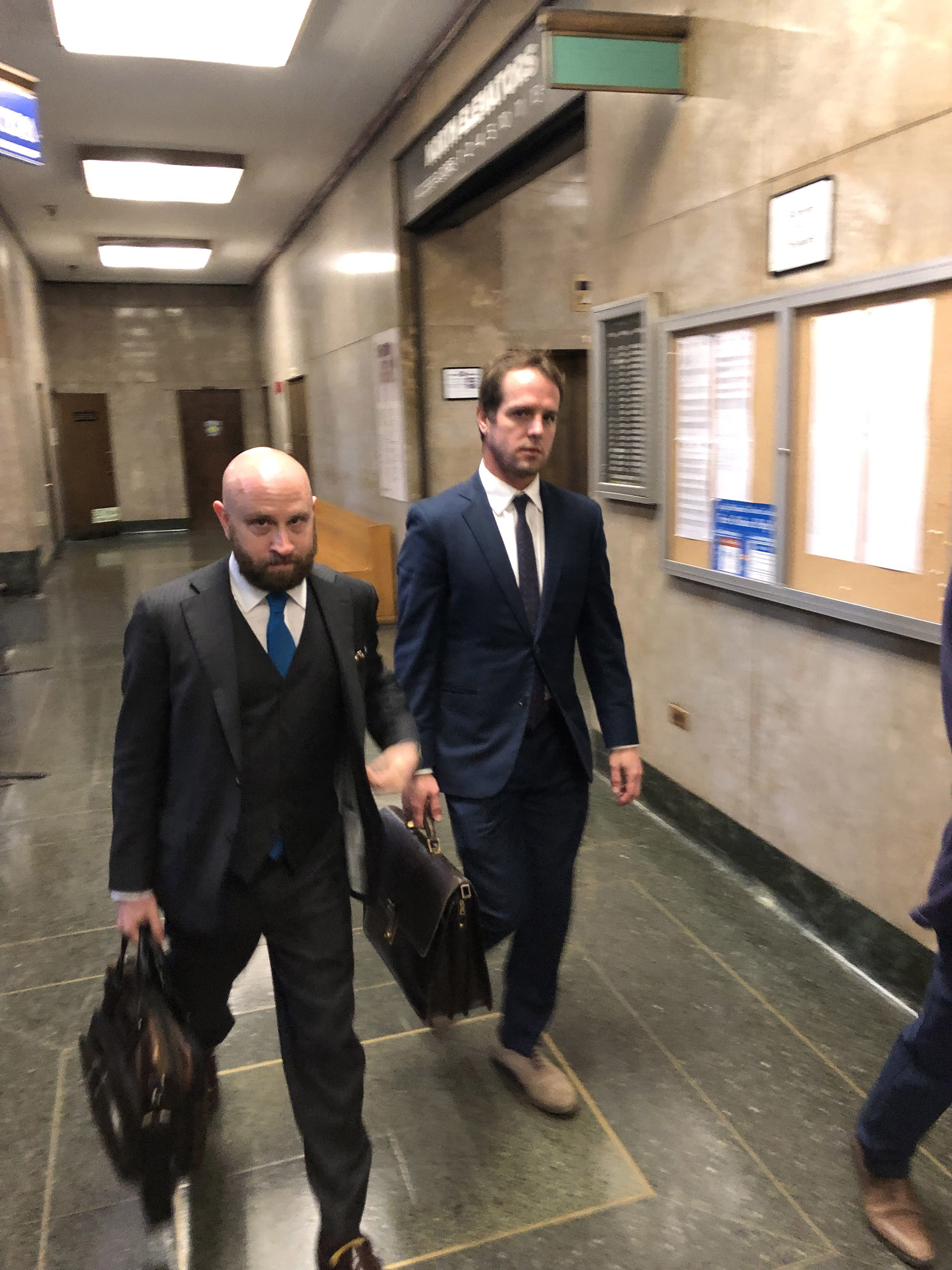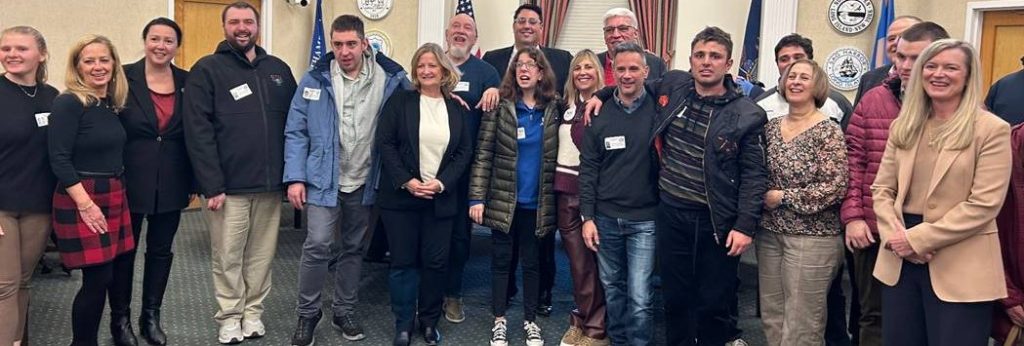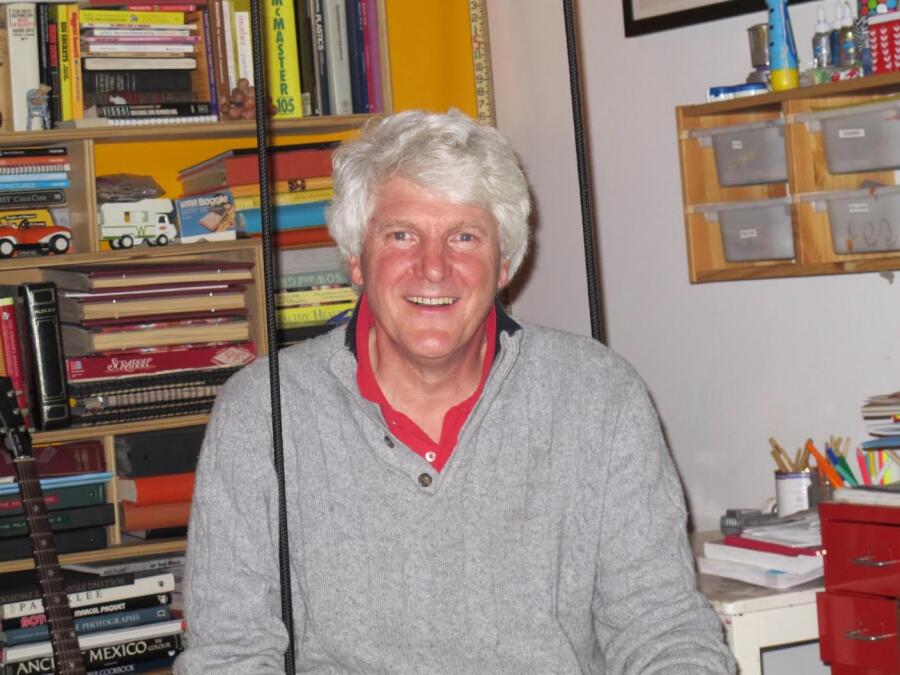Gilbert Judged By Jury Of His Peers

The Sixth Amendment to the U.S. Constitution gives the right to all charged with crimes a trial by a jury of their peers. The jury that found Tommy Gilbert guilty of murdering his father looked quite different than those he rubbed shoulders with at the Maidstone Club, which he had belonged to for most of his life.
The jury in the Criminal Courts building on Centre Street in Manhattan judging Tommy Gilbert looked like a cross-section of New York City: white, black, Latino, and Asian. That was contrasted by the stream of witnesses who took the stand, many with Maidstone Club connections. Some took the stand willingly, some, not so much.
George Seymour Beckwith Gilbert, the older brother of the deceased, was one of the latter. His attorney, Hal Shaftel, made a motion to Justice Melissa Jackson to quash the subpoena the district attorney’s office had served on the man known to his friends as Beck. A hearing was held May 10. Shaftel argued that Beck was elderly, and really had nothing to offer. The prosecution disagreed, and so, too, did Jackson, who pointed out, as she denied the request, that most people served subpoenas lack the means to employ an attorney to fight them. He later testified.
Another reluctant witness was Peter Smith. It was the Smith family’s 350-year-old house on Sagg Main Street that Tommy Gilbert had allegedly torched a couple of months before the murder. Originally, the prosecution was going to put Smith on the stand. Smith even came to court, prepared to be called by prosecutor Craig Ortner. Ortner changed his mind when it was learned that Smith is writing a manuscript that is a fictionalized account of his experiences with Tommy Gilbert.
Defense attorney Arnold Levine had been looking forward to cross-examining Smith about the manuscript, since it contained passages describing Tommy Gilbert’s state of mind, Levine told the court. Levine then subpoenaed Smith. However, the rules of direct examination in a trial are quite different from those of cross examination. Levine asked to question Smith as a hostile witness. That request was denied by Jackson. The passages Levine wanted in evidence were never seen by the jury.
Besides Smith’s manuscript, there is a non-fiction book about the case being written by John Glatt, to be published by St. Martin’s Press. There also is a film in the works titled “Gilded Rage,” to star Bill Skarsgard as Tommy Gilbert.
Shelley Gilbert, the defendant’s mother, was declared a hostile witness when Ortner put her on the stand for the prosecution. At one point, he referred to a former girlfriend of Tommy Gilbert’s, and demanded his mother tell the jury the name of the woman. She refused, saying that it would be cruel to do so. Ortner pressed her for the name, and Jackson told Gilbert she had to answer. Only then did Ortner withdraw the question.
However, Ortner continued to repeatedly refer to the ex-girlfriend throughout the trial. She came from a wealthy family, he said, and had an uncle who was a celebrity actor.
Ortner described Gilbert as a playboy man-child who never wanted to grow up and take responsibility.
Levine called several doctors, in his effort to show the jury Gilbert was insane at the time he killed his father. One of those whom he called was Dr. Theodore Shapiro. Shapiro chided Levine, at one point, for calling his client “Tommy.” The doctor said, “You keep referring to him as if he was a child. He is not a child.” Shapiro continued, “I used to be called Teddy. I don’t like that anymore.”
t.e@indyeastend.com









